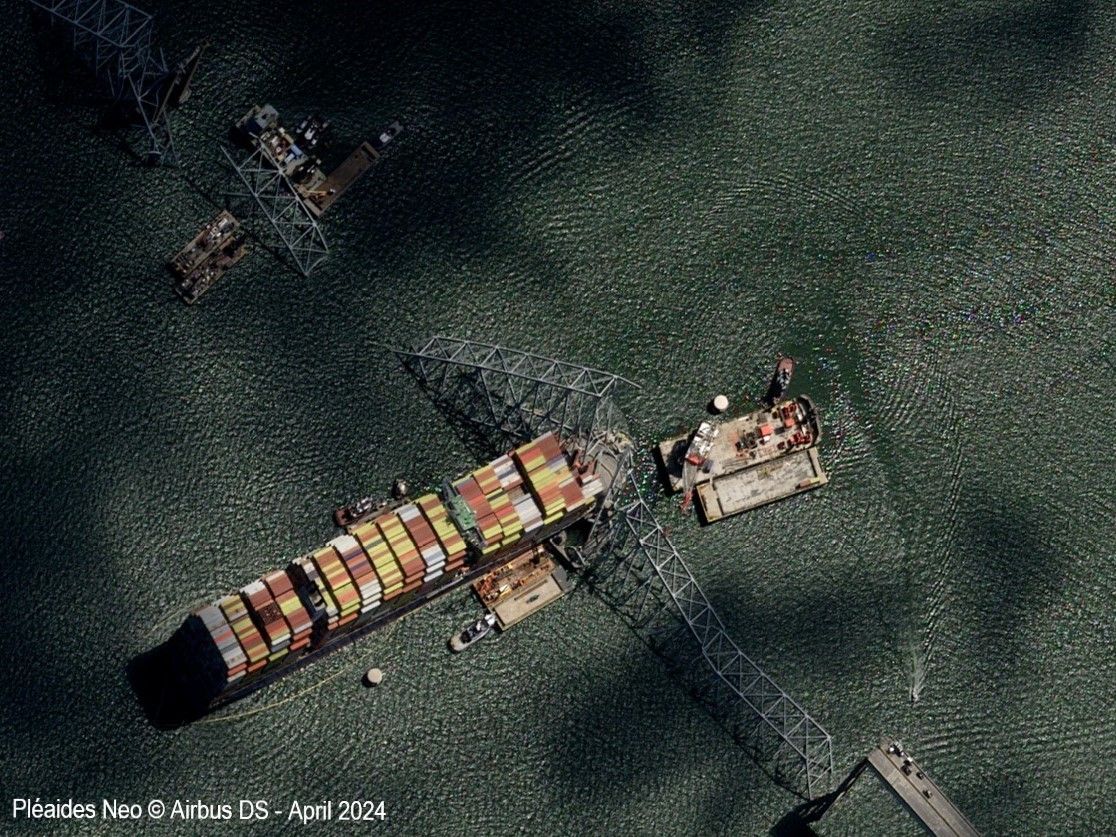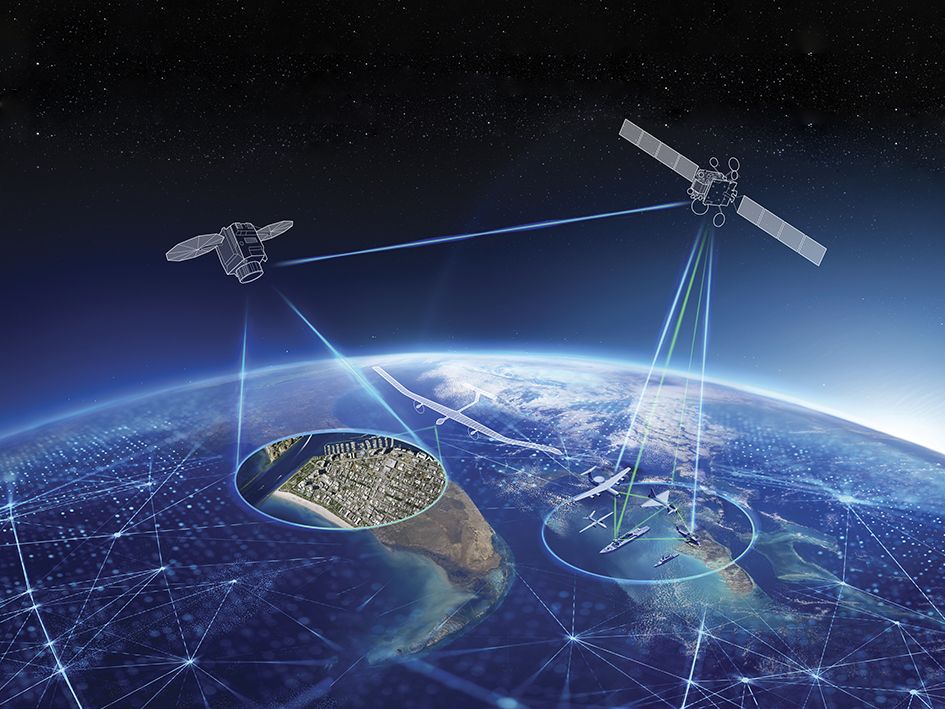
Over the past 30 years, an increasing number of governmental actors and commercial entities around the world, have launched, operated and successfully exploited data from remote sensing satellites.
As of January 2023, approximately 1,200 active remote sensing satellites (including Earth observation, Earth science and surveillance satellites) were recorded, with their numbers continuing to grow on a year-by-year basis.
By 2027, Earth observation satellites (e.g. Sentinel satellites, Pléiades Neo, COSMO-SkyMed, Planet, ICEYE, etc.) could face severe constraints, potentially impacting Europe’s collective ability to react promptly to natural disasters, address security threats, monitor weather and climate variables and support economic and developmental efforts at home and abroad.
Monitoring deforestation with SPOT, Sumatra Island, Indonesia, 2015-2016
Earth observation satellites are essential tools for a wide range of applications, including agriculture, risk and disaster management, critical mineral exploration and subsurface mapping, climate change and environmental monitoring and adaptation, urban planning, defence and security, scientific research, etc.
The data generated by these satellites play a crucial role in achieving the United Nations' (UN) 2030 Sustainable Development Goals (SDGs).
Radio frequencies are fundamental for space-based Earth observation, encompassing uplink and downlink operations, and are also used as well for various imaging and scientific payloads, such as synthetic aperture radars, and radar altimeters etc.

From a downlink perspective, one thing is clear: the X-band is the single most significant spectrum for downlinking Earth observation data acquired by satellites. This is due to its physical characteristics, global harmonisation and ease of coexistence with other satellite services. Currently, there are no viable alternatives to X-band downlink at scale, as other frequency ranges lack of necessary bandwidth, technological maturity and resilience to atmospheric inferences present in higher bands.

Francis Scoot Key Bridge, Baltimore, USA by Pléiades Neo
Since the 2000s, commercial companies have emerged to complement and expand the Earth observation satellites traditionally operated by nations and space agencies. Today, 50% of global remote sensing satellites are commercial in nature and this percentage is clearly set to increase, with new countries joining the group of space-faring nations. This trend is reflected in the increased number of requests for new Earth Exploration Satellite Services (EESS) networks (either individual satellites or constellations) being submitted to the International Telecommunications Union (ITU).
At the end of 2023, the last World Radiocommunication Conference (WRC) adopted a new agenda for studies to be conducted in preparation for WRC-27.
Studies will be set up to assess the technical and regulatory regime for the sharing of frequencies between 6G and ground stations receiving satellite remote sensing data. However, there is a likelihood that remote sensing satellites operating in the 7-8 GHz range could face constraints, potentially limiting their access to ground station networks in the regions where these mobile networks would be deployed.

Radio frequencies are a finite resource, comparable to Earth’s other limited resources such as minerals, fresh water or soil used to produce food.
Earth observation satellites provide timely and reliable data for critical applications such as disaster management, weather predictions, natural resource monitoring and security.
The X-band is the lifeline of Earth observation, essential for downlinking and disseminating space-collected data under any weather conditions and with no viable alternative.
The X-band has been widely adopted by satellite transmitting antennas and ground-station-receiving antennas, making it increasingly affordable and accessible to operators around the globe.
The X-band is an enabler for equitable access to space: its downlink is far less expensive, complex and ultimately more adoptable than alternatives, fostering future remote sensing programmes for aspiring spacefaring nations and emerging commercial endeavors.
Finally, the X-band is widely used and shared today among governmental, institutional and commercial remote sensing missions, generating invaluable socio-economic benefits globally and across sectors.

Spectrum directly impacts what we can accomplish through space. What we can accomplish through space directly impacts what our lives look like on Earth.

Matteo Emanuelli
Programme Manager for Earth Observation at Airbus Defence and Space





